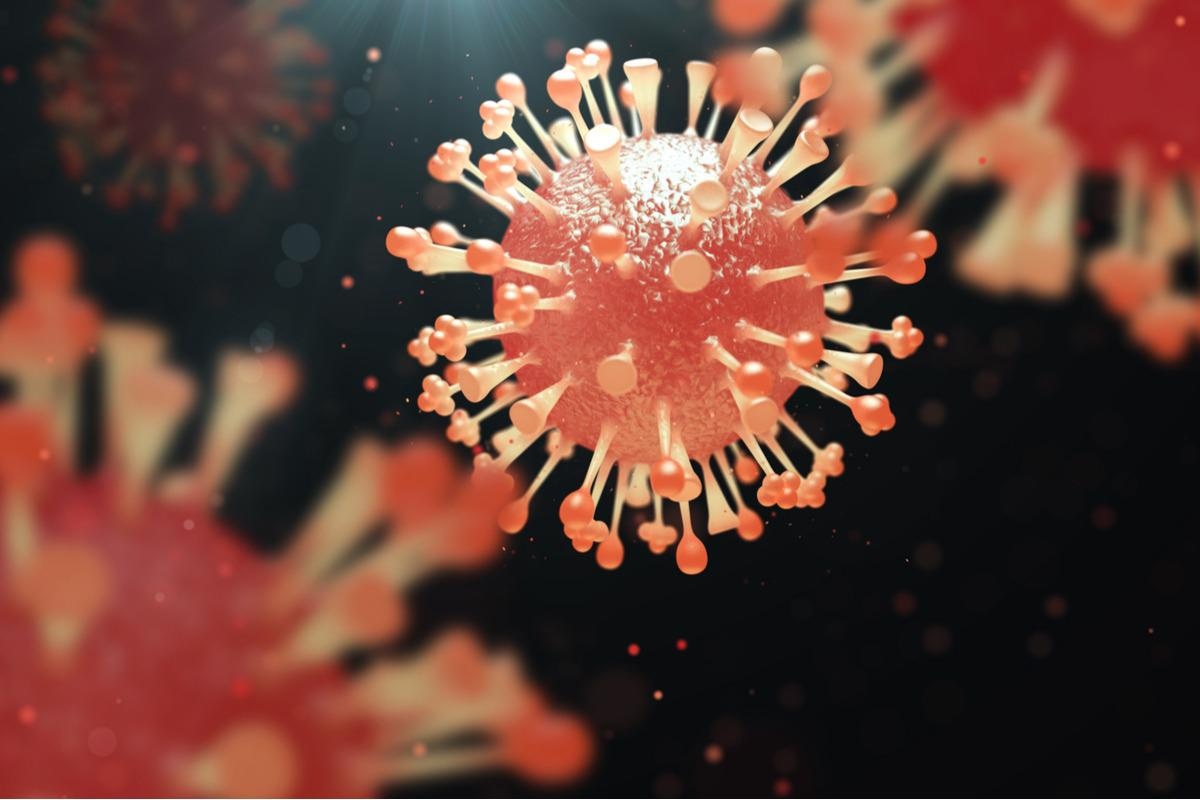In a recent study published in Science Advances, researchers generated a recombinant influenza virus expressing micro ribonucleic acid (miRNAs) expressed in cardiomyocytes to infect mice, which served as a model to study the etiology of influenza-associated cardiac pathology.

Background
Several studies have shown exacerbated cardiac dysfunction in patients with influenza. There is ample evidence showing that all patients who died due to influenza infection in the 1918 influenza pandemic suffered from severe cardiac damage.
Studies have reported a substantial increase in cardiac events every year during the seasonal flu season, tylenol future care scholarship especially among those unvaccinated for influenza. However, it is undetermined whether the influenza virus directly intrudes the heart or damages cardiac tissue indirectly via systemic lung inflammation. In the absence of studies investigating direct heart infection in human and non-human primates, researchers have aligned with the current doctrine stating that cytokine storm from severely infected lungs results in cardiac dysfunction.
About the study
In the current study, researchers used interferon-induced transmembrane protein 3 (IFITM3) deficient knockout (KO) mice. They infected them with a lab-engineered recombinant influenza virus that was attenuated for replication in cardiomyocytes but was fully replication-competent in the lungs. They also infected wild-type (WT) mice with the recombinant virus and tracked its overall pathogenicity.
They accomplished cardiomyocyte attenuation via the incorporation of two copies of target sequences for muscle-specific (here cardiomyocytes) miRNAs, miR133b and miR206, into the nucleoprotein (NP) gene segment of the influenza virus. Its incorporation suppressed the replication of target RNAs and their subsequent degradation. The use of the NP gene segment allowed the generation of recombinant viruses while limiting reversion mutants.
The researchers used influenza virus strain A/Puerto Rico/8/1934 (H1N1) (PR8) for generating the recombinant virus PR8-miR133b/206. This strain is a pathogenic mouse-adapted (MA) virus that disseminates from the lungs to the hearts of IFITM3 KO mice and the control mice infected with the control virus PR8-miRctrl.
Furthermore, the team harvested the hearts of WT and IFITM3 KO mice 10 days after infection. They used Masson’s trichrome staining to perform a histological analysis of fibrosis. Likewise, they investigated signs of cardiac damage by measuring blood levels of heart-specific isoenzyme, creatine kinase (CK-MB).
Study findings
Both the recombinant and control viruses had almost similar replicative capacities in the absence of specific miRNA targeting. PR8-miR133b/206 was markedly attenuated in a mouse myoblast cell line C2C12 cells, suggesting that targeting by miRNAs 133b and 206 potently restricted infection of myoblasts. Overall, the novel recombinant virus was infectious, replication-competent, yet attenuated in cardiomyocytes.
The mice infected with the recombinant virus (PR8-miR133b/206) had significantly reduced heart viral titers, confirming cardiac attenuation of viral replication. Conversely, this virus replicated in the lungs and caused systemic inflammation and weight loss comparable to the control virus (PR8-miRctrl). Notably, the IFITM3 KO mice, with enhanced disease severity, lost significantly more weight than WT mice in infections with both viruses.
The recombinant as well as control viruses induced similar levels of lung-derived inflammation. Accordingly, an additional cohort of IFITM3 KO mice infected with PR8-miRctrl or PR8-miR133b/206 viruses had similar levels of serum cytokines. A multiplex enzyme-linked immunosorbent assay (ELISA) showed the same serum levels of interleukin-6 (IL-6), IL-8, tumor necrosis factor–α (TNFα), and interleukin (IL)-1β in mice infected with both viruses. Moreover, the miRNA-targeted recombinant virus caused fewer fibrotic lesions and cardiac irregularities in IFITM3 KO mice. Similarly, fibrotic lesions in WT samples were minimal. Thus, cardiac attenuation correlated with lesser cardiac muscle damage and fibrosis following infection.
While both infections were lethal in IFITM3 KO mice, all WT mice recovered from infections with both viruses. Although viral replication in cardiomyocytes contributes to lethality in IFITM3 KO mice, cardiomyocyte infection is not the only cause of death. Overall, recombinant viruses decoupled the impact of systemic lung inflammation from influenza-associated cardiac dysfunction.
Conclusions
The study demonstrated that influenza-associated cardiac pathology required direct virus replication in the heart. Several key questions are yet to be addressed, such as the mechanism governing virus spread from the primary site of infection to the heart or other extrapulmonary sites. Understanding the direct and indirect effects of the respiratory viruses in extrapulmonary tissues will remain critical for combating these pathological diseases. More importantly, learning the clinical manifestations of influenza virus-induced cardiac infection in humans is crucial, especially in individuals carrying harmful IFITM3 single-nucleotide polymorphisms.
Adam D. Kenney, Stephanie L. Aron, Clara Gilbert, Naresh Kumar, Peng Chen, Adrian Eddy, Lizhi Zhang, Ashley Zani, Nahara Vargas-Maldonado, Samuel Speaks, Jeffrey Kawahara, Parker J. Denz, Lisa Dorn, Federica Accornero, Jianjie Ma, Hua Zhu, Murugesan V. S. Rajaram, Chuanxi Cai, Ryan A. Langlois, Jacob S. Yount, Influenza virus replication in cardiomyocytes drives heart dysfunction and fibrosis. Science Advances. doi: 10.1126/sciadv.abm5371 https://www.science.org/doi/10.1126/sciadv.abm5371
Posted in: Medical Science News | Medical Research News | Disease/Infection News
Tags: Assay, Blood, Cell, Cell Line, Coronavirus Disease COVID-19, Creatine, Cytokine, Cytokines, Enzyme, Fibrosis, Flu, Gene, H1N1, Heart, Inflammation, Influenza, Interferon, Interleukin, Interleukin-6, Kinase, Knockout, Lungs, micro, Muscle, Necrosis, Nucleotide, Pandemic, Pathology, Protein, Respiratory, Ribonucleic Acid, TNFα, Tumor, Tumor Necrosis Factor, Virus, Weight Loss

Written by
Neha Mathur
Neha is a digital marketing professional based in Gurugram, India. She has a Master’s degree from the University of Rajasthan with a specialization in Biotechnology in 2008. She has experience in pre-clinical research as part of her research project in The Department of Toxicology at the prestigious Central Drug Research Institute (CDRI), Lucknow, India. She also holds a certification in C++ programming.
Source: Read Full Article
